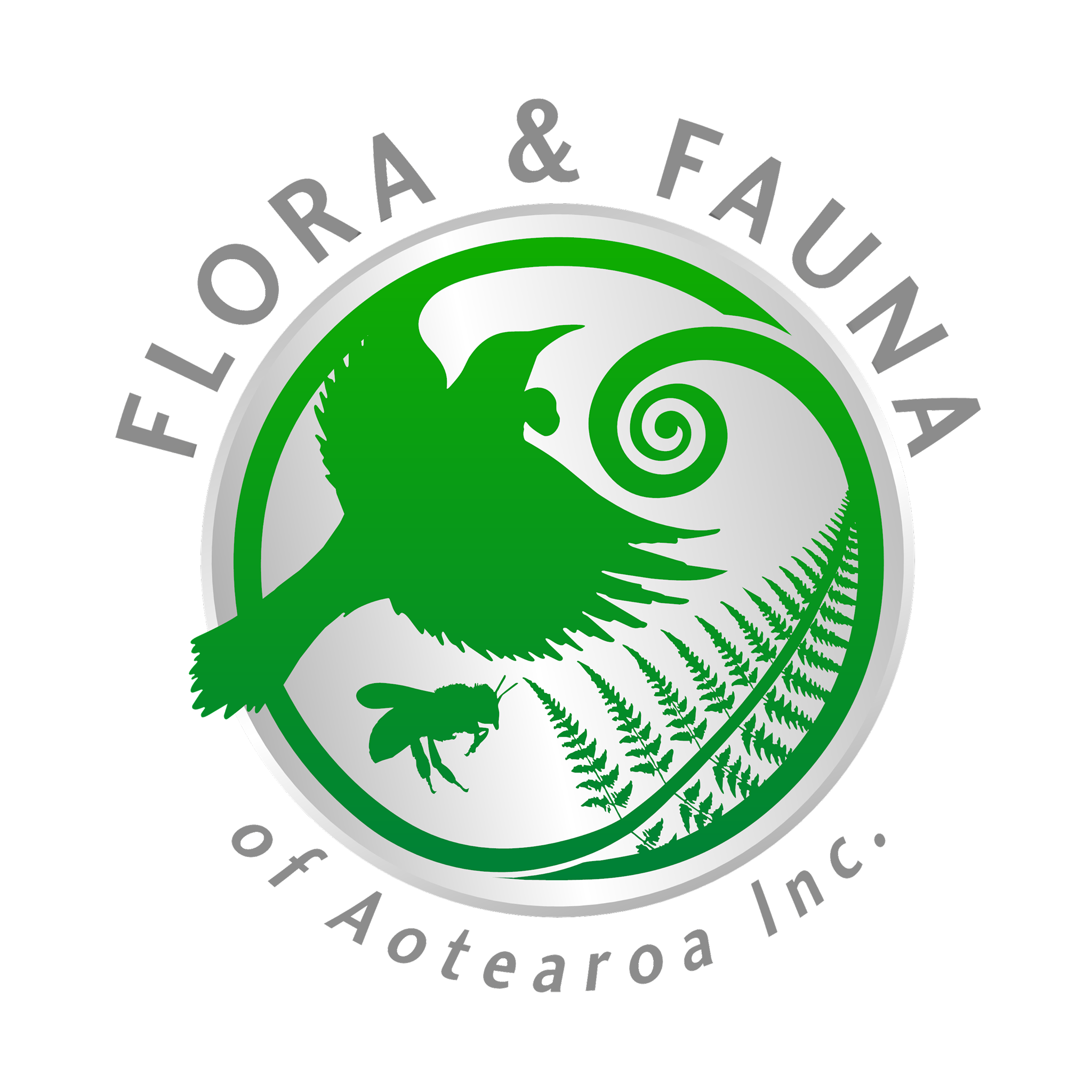Strategic sustainable possum controls an alternative to poison
Hugh Rose, on smarter poison free possum fur harvesting

New Zealand is both blessed and cursed with the introduction of brush tailed possums. The curse being that they cause considerable damage to vegetation, trees and crops and have no natural predators. For over sixty years the government of New Zealand has created an industry based around the control of possums which has been decried by many as causing more harm than good. Certainly this writers experience of the usage of 1080 in the Tararaua forest saw the demise of the native falcons and moreporks.
The blessing is what I am writing about. Possums were introduced to establish a fur trade and for many years they were protected to help them become established. The fur trade became lucrative then waned as a result of anti-fur lobbying in western countries. In recent times the fur removed from dead possums has been mixed with merino wool to create a much sort after wool product that demands high prices, as Possum wool is second only to polar bear fleece for its insulative properties. Possum meat has also been sold overseas successfully though in recent times this market has been tarnished owing to the use of poisons, however, the local petfood market remains buoyant.
The logistics of removing possums which are spread through large areas of bush are currently a massive undertaking with either the dedicated trapper laying trap lines along ridges in often impenetrable bush or aerial bombardment with a variety of poisons.
My observation as a farmer and trapper is that the possum population is determined by nesting sites and available food. Possums will travel to find their food source and can be followed around simply by using the browse calendar of what food source is available at a given time of the year. As arboreal browsing animals the possums have a wide choice but at certain times of the year they will congregate in specific areas on a preferred feed species.
Trial work on targeting the possums should be the creation of attractive feed lots designed to lure the possums into concentrated zones. For example a 2Ha plantation on the edge of native forest will become a possum magnet for the resident possum population. Much of the year there will be no sign of the animals but around late July the flowers releaser their pollen in the pines and every possum in the district will come to the plantation to feed. When the sign or evidence is clear with tracks (pads) clearly visible the bulk of the local population will be harvested. Conversely where there are vast acreages of commercial pine forest it is a simple matter to establish a willow plantation (fast growing and another favourite food source of the possums) The willows come into leaf towards the end of August so another time to harvest.
Now I mentioned the nesting sites. Those possums need a dry sheltered place to spend the day as they are a nocturnal creature. Nesting boxes need to be about the same size as a normal letter box with a sheltered entrance and light prohibiting entranceway. These can be simply placed on top of a fence post or even on the ground, the possums will find them and move in particularly if some wood shavings or hay is ready as a made-up bed. A simple pressure plate can trigger an occupancy flag to save time when checking. Commercial Possum homes are already mass produced for the public in Australia, however NZ will produce a pine box that is superior.
The development of strategic forest plantings and nesting sites will recreate value for the possum as a primary resource and be far better for our employment and environment than the current practise of poisoning to waste.
